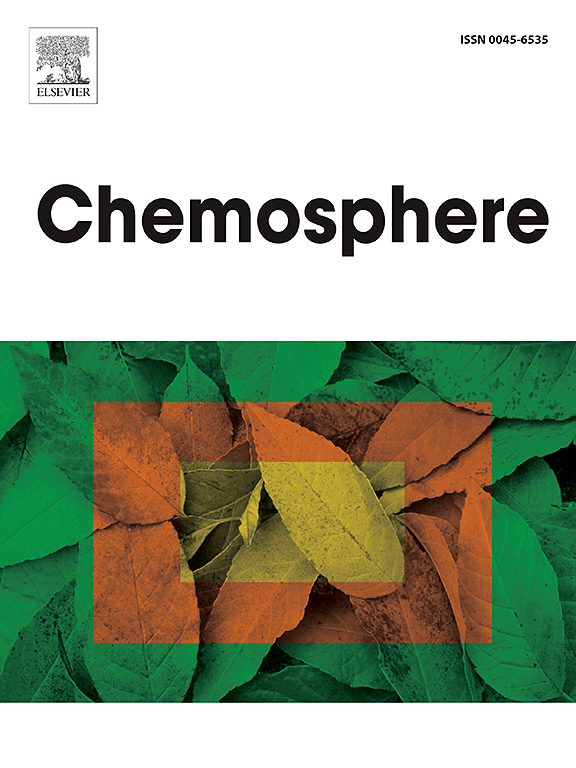增强天然纤维增强聚合物复合材料防火性能的生态阻燃剂:生物基和工业意义综述
IF 8.1
2区 环境科学与生态学
Q1 ENVIRONMENTAL SCIENCES
引用次数: 0
摘要
本文综述了用于增强天然纤维增强聚合物复合材料(nfrpc)耐火性能的生态阻燃剂的研究进展。它考察了当前的研究方法,突出了它们在测试和评估方面的优势、局限性和挑战。讨论了传统的阻燃剂及其缺点,强调了nfrpc的优点和生物基替代品的潜力。本文探讨了各种类型的生物基阻燃剂,它们的作用机制,以及它们在保持材料性能的同时提高防火性能的有效性。此外,本文还深入研究了环保阻燃的最新方法、官能团和机制,分析了它们的优势、劣势和新兴趋势。与遵守行业标准、监管框架和可持续生产实践相关的挑战也得到了解决。讨论了利用废弃生物质进行阻燃的潜力,为实现循环经济提供了一条途径。此外,还探讨了对消防安全和减灾的更广泛影响。该综述确定了可持续阻燃领域的关键研究空白和未来发展方向。尽管存在挑战,跨学科合作对于推动创新和实现复合材料的可持续消防安全解决方案至关重要。本文章由计算机程序翻译,如有差异,请以英文原文为准。

Eco-conscious flame retardants for enhanced fire resistance in natural fiber reinforced polymers composite: A review bio-based, and industry implications
This review provides a comprehensive analysis of eco-conscious flame retardants for enhancing fire resistance in natural fiber-reinforced polymer composites (NFRPCs). It examines current research methods, highlighting their advantages, limitations, and challenges in testing and evaluation. Traditional flame retardants and their drawbacks are discussed, emphasizing the benefits of NFRPCs and the potential of bio-based alternatives. The paper explores various types of bio-based flame retardants, their mechanisms of action, and their effectiveness in improving fire performance while maintaining material properties. Furthermore, the review delves into recent methodologies, functional groups, and the mechanisms involved in eco-friendly flame retardancy, analyzing their strengths, weaknesses, and emerging trends. Challenges related to compliance with industry standards, regulatory frameworks, and sustainable production practices are also addressed. The potential of utilizing waste biomass for flame retardancy is discussed, offering a pathway towards a circular economy. Additionally, the broader impacts on fire safety and hazard mitigation are explored. The review identifies key research gaps and future directions to advance the field of sustainable flame retardancy. Despite existing challenges, interdisciplinary collaboration is crucial in driving innovation and achieving sustainable fire safety solutions for composite materials.
求助全文
通过发布文献求助,成功后即可免费获取论文全文。
去求助
来源期刊

Chemosphere
环境科学-环境科学
CiteScore
15.80
自引率
8.00%
发文量
4975
审稿时长
3.4 months
期刊介绍:
Chemosphere, being an international multidisciplinary journal, is dedicated to publishing original communications and review articles on chemicals in the environment. The scope covers a wide range of topics, including the identification, quantification, behavior, fate, toxicology, treatment, and remediation of chemicals in the bio-, hydro-, litho-, and atmosphere, ensuring the broad dissemination of research in this field.
 求助内容:
求助内容: 应助结果提醒方式:
应助结果提醒方式:


